Between the Zenbook S 16 and a MacBook there are loads of features in common. Power, build, features -- it's close enough that it might come down to which operating system to use. But while the Asus is undoubtedly the clear winner in some aspects, it's not quite the well-rounded laptop that Apple offers up. Blame Windows, if you have to blame anything at all.
-
Design
-
Display
-
Performance
-
Features
-
Value
Asus has jumped on board the Copilot+ train, first with the Vivobook S 15 and now with this tasty little number, the Zenbook S 16. While the S 15 retails for R30,000, you’re expected to part with R41,000 to stuff this one into your laptop bag.
Is it worth the extra premium to upgrade from Snapdragon to AMD, even with the chassis upgrade thrown in? That’s ultimately up to you but Asus has put forward a compelling case. It may not be a Mac killer for Apple superfans but anyone looking for that level of build quality should give the Zenbook S 16 a chance.
‘Ceraluminium‘
The word of the day for Asus’ new premium laptop is ‘Ceraluminium’, a portmanteau that comes with its own ™ symbol. A hybrid of ceramic and aluminium, it’s a lightweight, durable material that makes its debut here. It’s at least partly responsible for the minimal thickness of the Zenbook S 16, despite all the power that Asus has sandwiched between the opposing sheets of proprietary material. We’ll get to that in a second but first, let’s examine the white-grey chassis in closer detail.
All of the major surfaces not covered with a human interface device use the new material, resulting in a compact-feeling 16in notebook that doesn’t seem capable of gaming. You’d be entirely wrong but that’s a point to address later. The 120Hz OLED display has a native resolution of 2,880 x 1,800 (or 3K, if you’re in marketing). The tracking Asus has stuffed into the Zenbook S 16 might be the best we’ve ever seen in a Windows notebook. It’s massive and as stable as you could want from a navigation device.
The rest of the housekeeping includes a fair range of ports. Arrayed on the left are a full-sized HDMI, dual USB-C ports (one of which acts as your power input), and a 3.5mm jack. The right hosts a USB-A and an SD card port. It’s enough to keep you from buying a block of additional ports if you’re frugal about plugging in.
AMD now?
If you’re looking for reasons to plop this grey sliver of semi-metal on your desk, the AMD Ryzen processor inside might be what you want. A Ryzen AI 9 HX370, paired with a Radeon 890M GPU, somehow operates inside this paper-thin PC. True, putting it under load results in the rear cooling grid heating up to gonad-frying levels but the solution is simple enough. Put it on a desk.
What you won’t get from this heat is a ton of noise, even if you’re putting the GPU to work. Asus goes on about its new 3D vapour chamber that yanks noisy fans out of the loop. We can’t say for certain it’s there, since that would require complete disassembly, but the Zenbook S 16 a) survived the review without melting to slag and b) made very little noise while doing so. That’s a win as far as we’re concerned.
32GB of RAM keeps things speedy enough that even Windows 11 can’t rain on the parade. 2TB of SSD storage accounts for at least some of that R40,000-plus price tag, putting competitor MacBooks well in the shade. The premium you pay for storage from Apple is almost unholy. Here, it’s positively affordable.
CoPilot reporting in
You’re not using a modern device unless it’s also packing AI and that’s what Asus offers with its newest Zenbook. The Ryzen 9 AI doesn’t have the name just for fun and this is another Copilot+ machine from the Taiwanese company. A dedicated key lets you summon your AI assistant, backed by a claimed 50 TOPs (tera operations per second) provided by AMD’s chipsets, but chances are you’ll use passive AI features more.
These include intelligent screen backlighting, based on your gaze and/or presence in front of the screen. Perhaps it is because we wear glasses but we found the feature hit-and-miss, spending a chunk of time looking at and away from the screen to see how it all responded. It might have AI but it’s not as smart as we were expecting it to be.
Whatever else it is, it’s largely power-efficient. That’s even when performing onboard AI calculations, which is just as well. The Zenbook S 16 might charge over USB-C but if you’re not using the provided charger it’ll complain about it. And then charge slower than it’s capable of. It feels almost vindictive, even if it isn’t really.
Asus Zenbook S 16 verdict
It’s hard to imagine a laptop that feels better than this one. It ranks right up with Apple for build quality, something Asus was aiming for with the Zenbook S 16. There’s plenty of power and the high-resolution display is also a major high point but excellent exterior features can’t quite bring this one up to the same controlled heights as Apple’s wholly purpose-built machines. That’s not Asus’ fault. It’s a consequence of relying on Windows for the operating system.
The Zenbook S 16 then is an attractive hardware package that does the basics well and eschews anything that looks even vaguely frilly. It gets a touch hot under the collar when in operation, to the detriment of any legs that might be under it, but its ceramic-aluminium build is a marvel to experience. The price point might be a sticky one, though — you’ll pick up a very high-end 15in M3 MacBook Air for less money. That’s a terrible call to have to make.

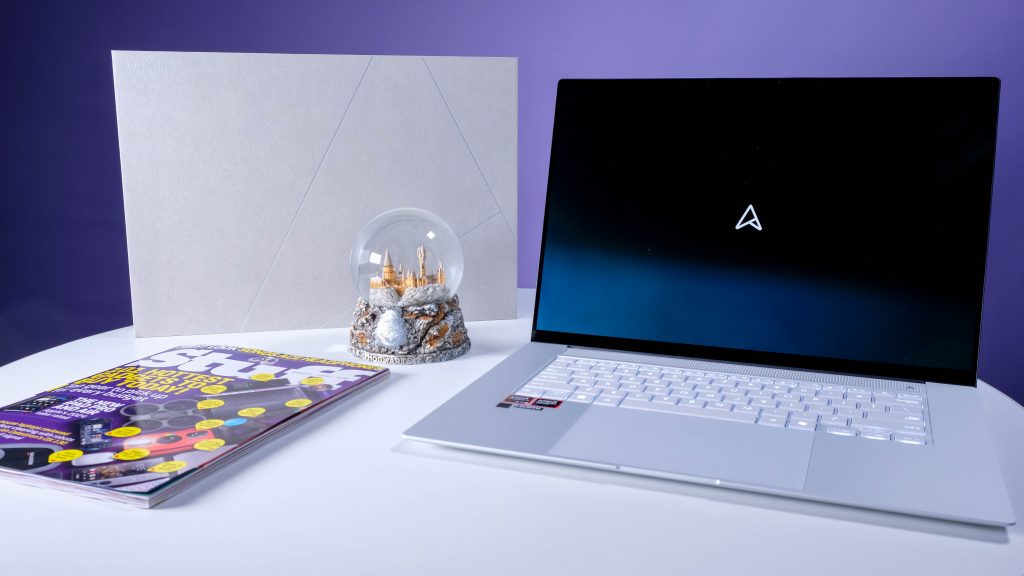
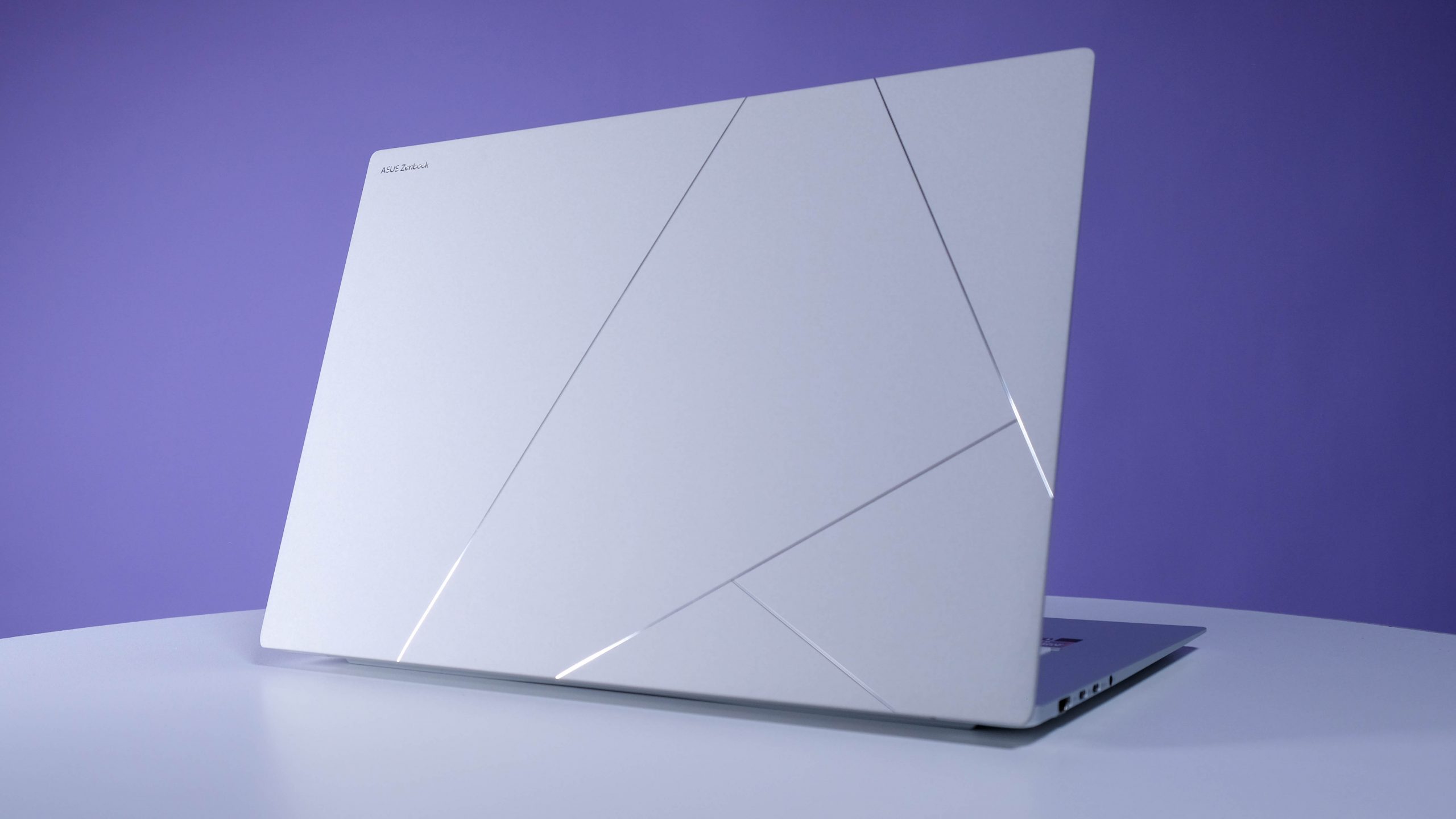
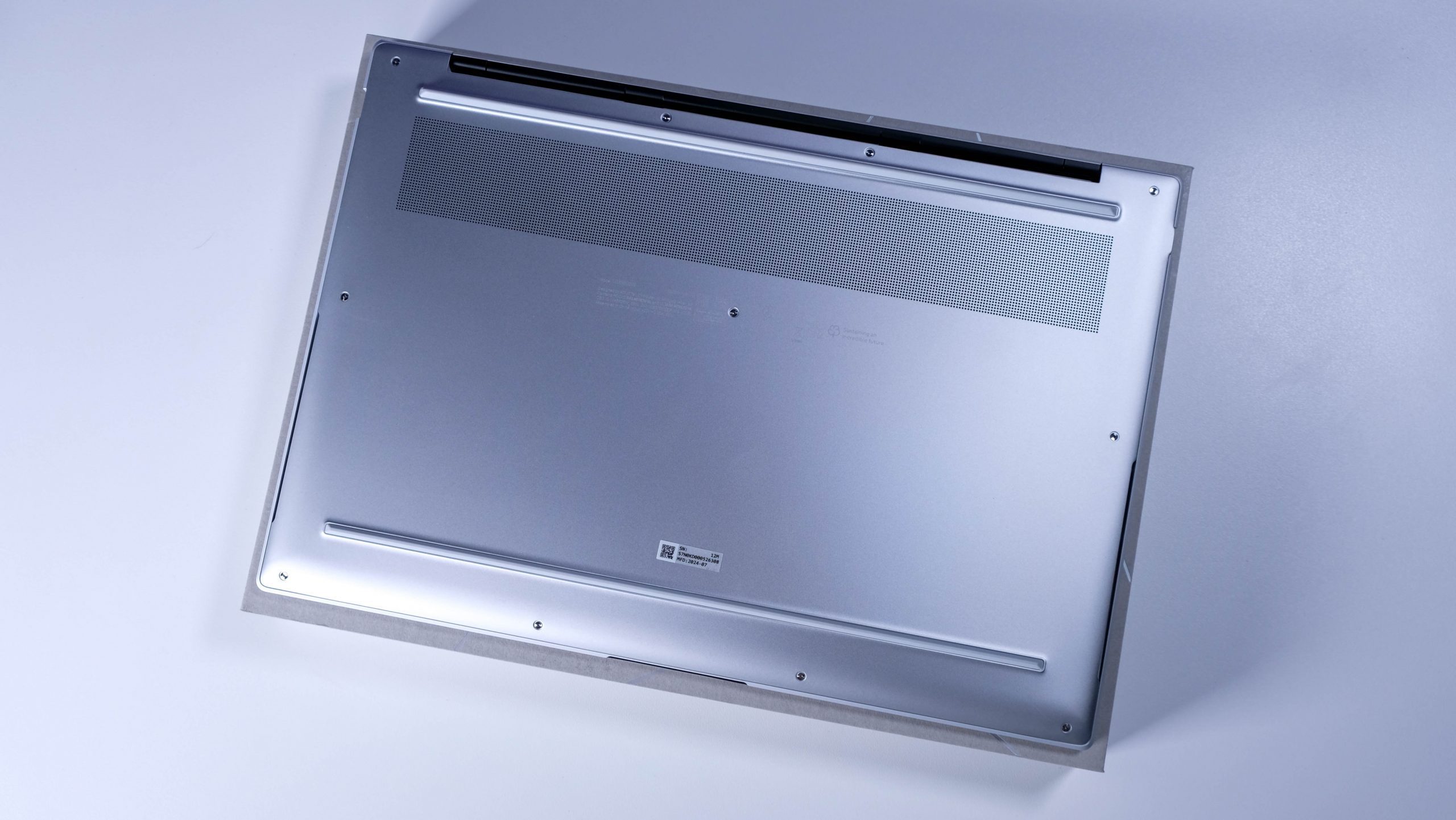

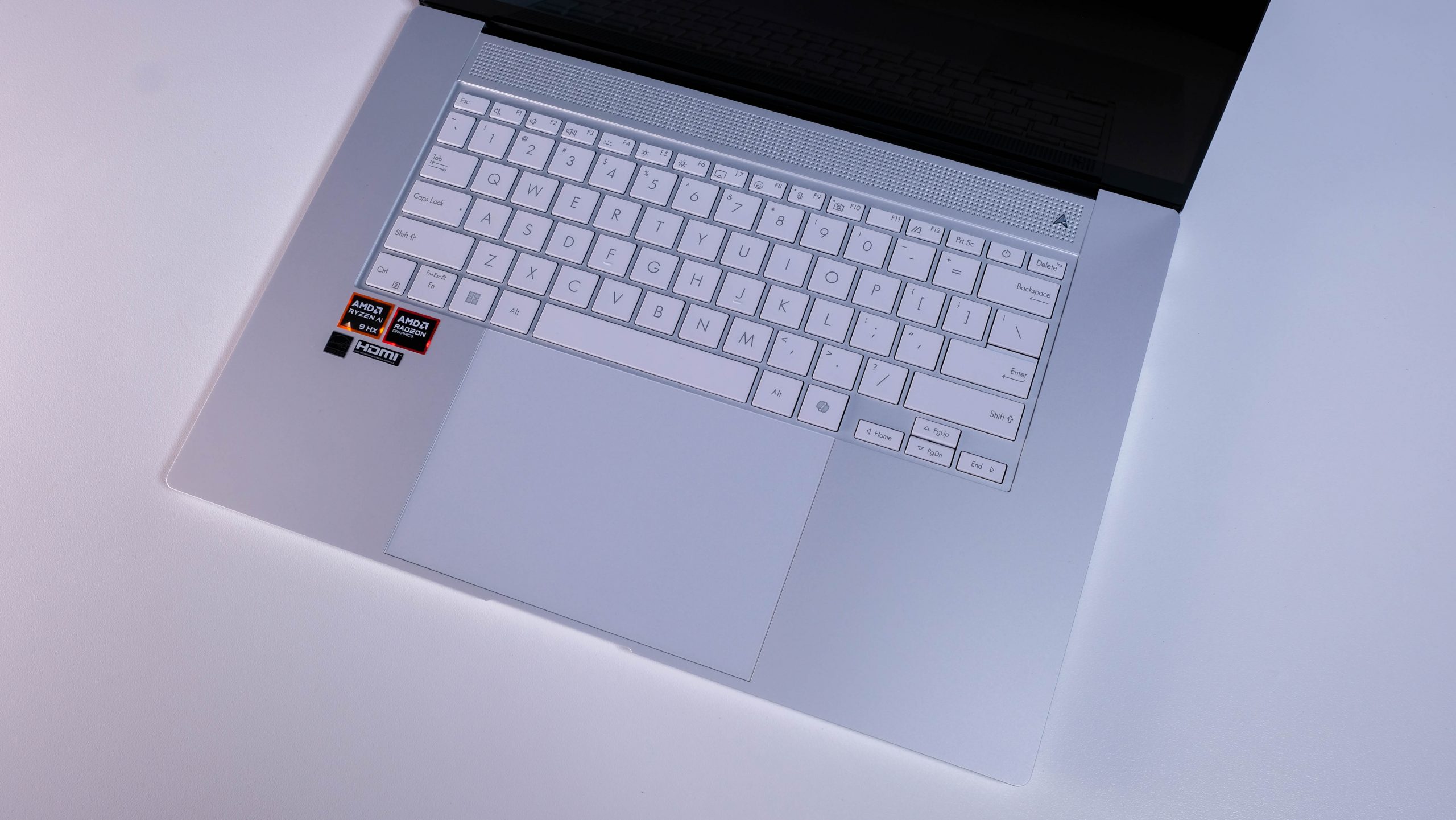
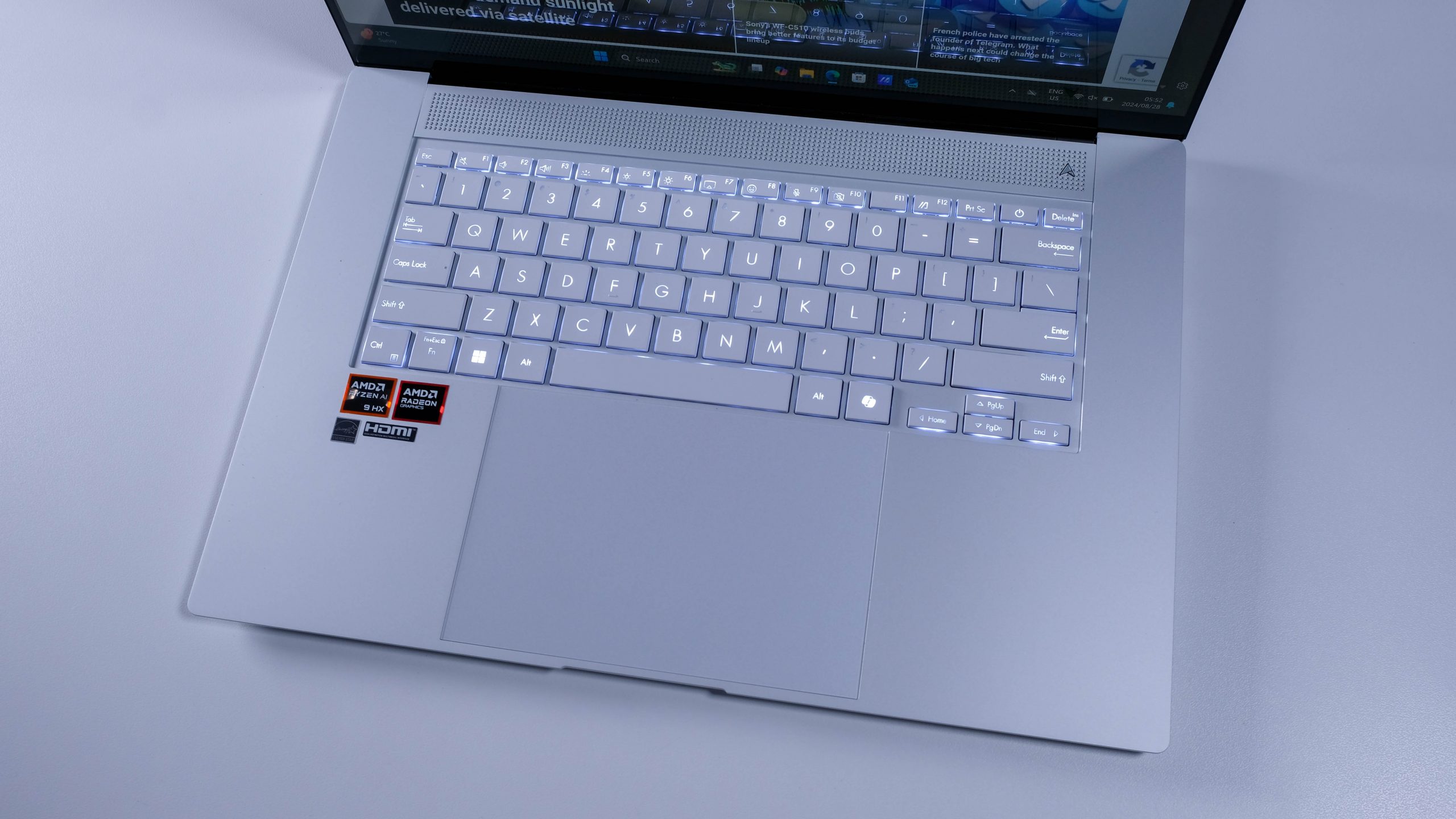
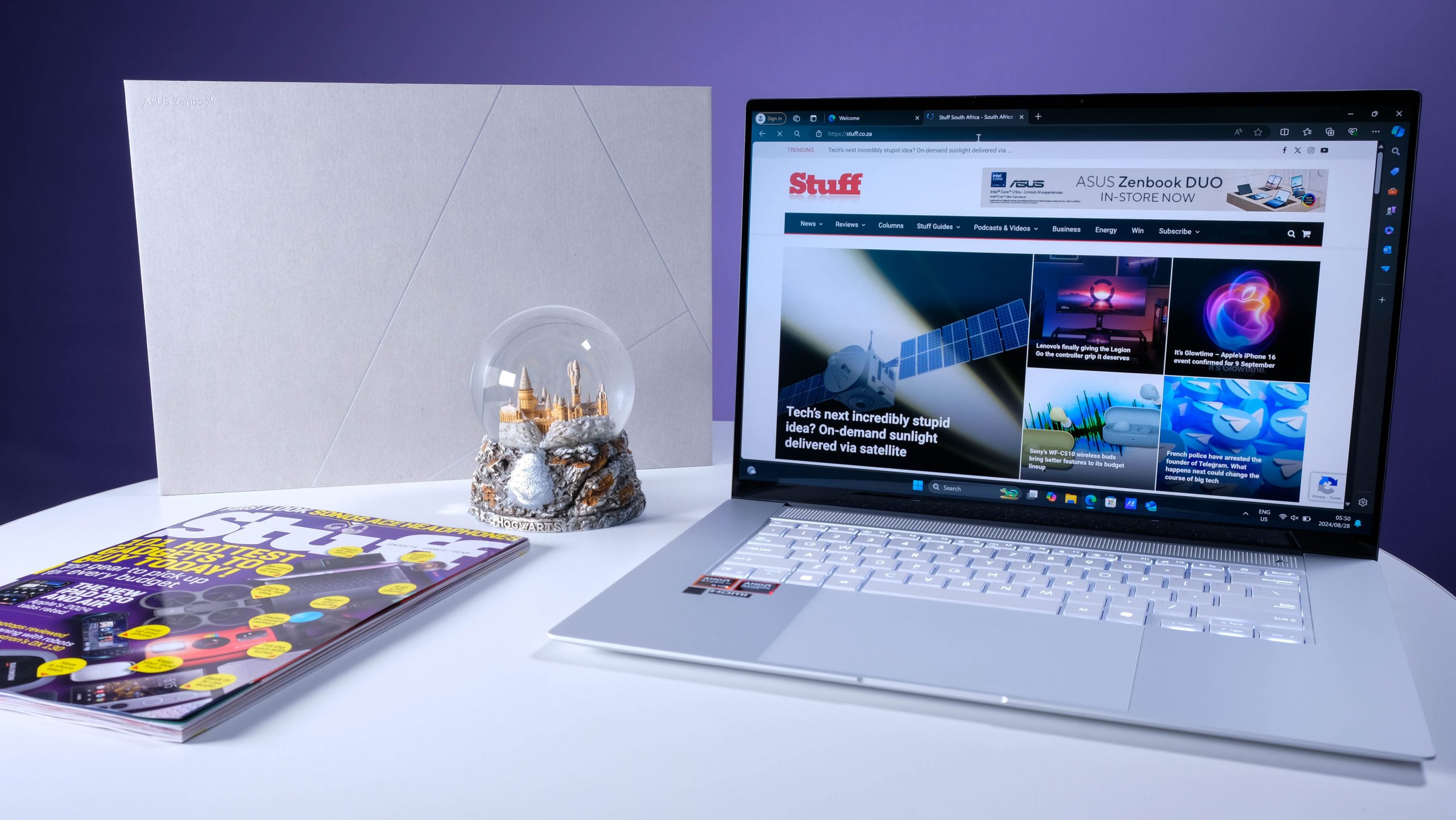
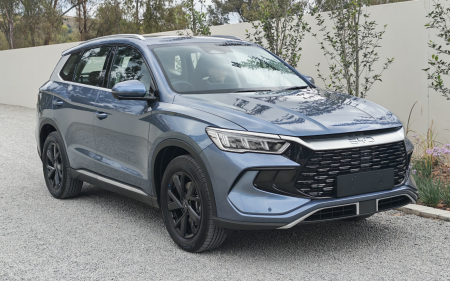


1 Comment
I read and watched YouTube reviews of the S16 and it sure looks nice. It even compares well with MacBook 16 Pro. I’d want one. However, my reservations relates less to its specs than its SA price: R41,000 for this model. Its international price is around U$1700, about R34,000. Even in Dubai it’s selling for the exchange rate equivalent of R35,000! The rand is improving versus other currencies so its and new models should too. Ditto S15 Snapdragon. (Why, though, are only the more expensive versions – any model – released in SA?)
This brings me to the old problem of how expensive laptops and (certain) tech goodies are here compared to abroad. No reason except for the supply chain from importer/distributors to retail floor. Almost uniquely South African. An independent retail chain advised me to hold off purchasing until next year when they’re going to import directly excluding distributors and, we hope, bring lower selling prices. They say a large chain is doing that already but this chain’s prices are at or even above local retail benchmarks. Price gouging is an SA national sport.
I looked at S15 in the shop – the sales guy kindly unsealed the box for me. I don’t know what I was expecting but was underwhelmed. By looks alone, it didn’t seem worth R30K, already over-priced locally (the range starts from under $1,000, about R20K, per Amazon US). And the Snapdragon issues. Nah, pass. Unless it’s on sale.